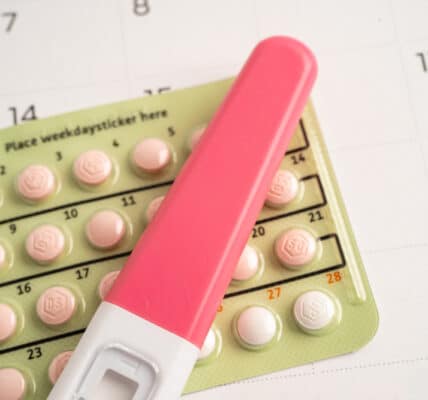Love Addiction Is Scary

Four authors from the University of Oxford published Addicted to love: What is love addiction and when should it be treated?, an examination so thorough as to cause amazement that anyone would ever feel the need to take on the subject again. First, they distinguished between a narrow view and a broad view of love addiction. They write,
The narrow view counts only the most extreme, harmful forms of love or love-related behaviors as being potentially addictive in nature. The broad view, by contrast, counts even basic social attachment as being on a spectrum of addictive motivations, underwritten by similar neurochemical processes as more conventional addictions.
They mention the cheerful fact that, in 2011 alone, in the USA, more than 10% of murders were committed by the victim’s lover. The report mentions that the mental and emotional processes of the killers in these cases, like “cycles of alternating ecstasy and despair, desperate longing, and the extreme and sometimes damaging thoughts and behaviors” associated with loss, bear a strong resemblance to the thoughts and feelings of people addicted to alcohol, drugs, gambling, and other potentially harmful substances and behaviors.
There are differences, of course. For one thing, while drug addiction, for instance, occurs in only a fraction of the world population, just about everyone is susceptible to the ravages of romantic love. While love itself provides a spectrum of emotional ups and downs, the big problem comes with rejection, and “substance addicts, by contrast, are never rejected by their drug in the same way.” Still, just as with substances, there can be “love that entails insufferable pain, that frustrates other important desires, or that stops one from engaging in objectively worthwhile activities.”
So, “at least some cases of love and love-related phenomena are similar to behavioral or substance addictions” in their form, function, and ultimate effect. This leads to the conclusion that people suffering from love addiction are probably in many cases appropriate candidates for intervention. Of what would their treatment consist? According to one suggestion,
[J]ust as heroin addicts are sometimes given oral naltrexone to block the pharmacological effects of their drug, we could use oxytocin antagonists to reduce the reward an individual receives from being close to another person.
The paper’s concluding remarks acknowledge that “there is now abundant behavioral, neurochemical and neuroimaging evidence to support the claim that love is (or at least that it can be) an addiction.” This leads to the probability that “people whose lives are negatively impacted by love ought to be offered support and treatment opportunities analogous to those that we extend to substance abusers.”
In addition, the authors offer the rather startling suggestion that just like love addiction, substance addiction might not be entirely and unconditionally evil:
At least in principle, it would seem that drug addiction could even be good for us if the drug were plentiful, safe, and legal, in much the same way that, on the converse, romantic love may be bad for us if the object of our affection is cruel, or unfaithful, or uninterested. If the evidence shows that the two phenomena are identical or even just substantially overlapping in nature, then perhaps we should revisit our attitudes to both.
But then, those damning numbers come back into the picture. Regarding the United States, the Rockefeller Institute of Government says,
From 2015 to 2019, official law enforcement statistics suggest that there were approximately 5,200 people killed by an intimate partner.
The Centers for Disease Control website notes that “During 2018–2021, a total of 3,991 female victims of intimate partner homicide were reported.” The National Institutes of Health website states that “Among homicides in the United States, intimate partners kill almost 50% of female and 10% of male victims.”
Globally, the statistics are really appalling. In 2020 alone, around 47,000 women and girls worldwide were killed by their intimate partners or other family members.
Written by Pat Hartman. First published February 14, 2025.
Sources:
“Addicted to love: What is love addiction and when should it be treated?,” NIH.gov, April 3, 2017.
“Understanding and Addressing Intimate Partner Homicide,” RockInst.org, July 2, 2024.
“Notes from the Field: Intimate Partner Homicide Among Women — United States, 2018–2021,” CDC.gov, August 29, 2024.
“Examining Intimate Partner Violence-Related Fatalities: Past Lessons and Future Directions Using U.S. National Data,” NIH.gov, January 12, 2023.
“Killings of women and girls by their intimate partner or other family members,” UNODC.org, 2021
Images Copyright: Kumar’s Edit and Theo Crazzolara/Attribution 2.0 Generic.




